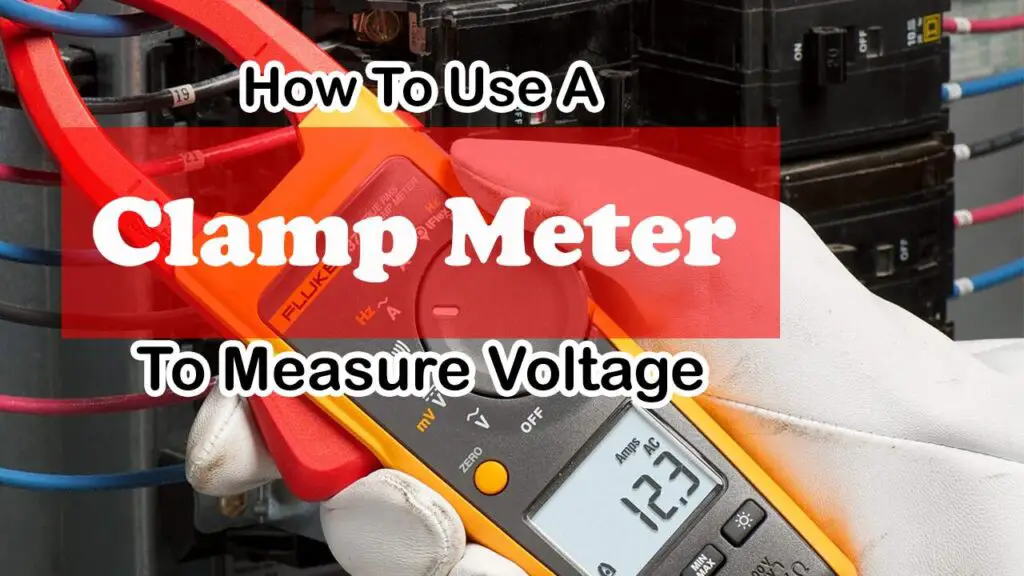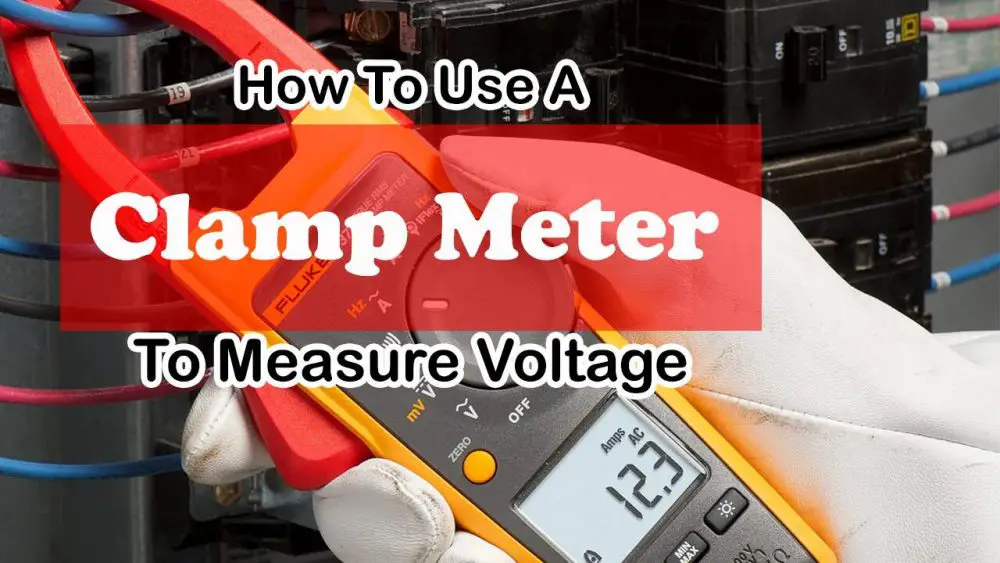How To Use A Clamp Meter To Measure Voltage
In this article, we learn to measure electric current draw with a Tack life CM02A clamp meter. Calculating energy consumption and cost kWh of a hairdryer, a charger iPad, a light bulb, a TV, Christmas lights, electric oven and toaster’s current flow.
Measure voltage with Tack life CM02A Clamp-meter
I am using a digital clamp meter, Tack life CM02A. It is very easy to find out the A/C voltage or the power usage of any of your electrical devices, with this multimeter. And how much it costs to operate the electronic appliances, for example; this desk lamp if I plug it in into the extension cord and turn on the multi-meter 2.0 amps with the symbol A on it.
How to test the voltage of a lamp with a clamp meter
I should be able to see an electrical current flow for a lamp. However, if I clamp it around the lamp wire it does not show any current flow as if nothing is going on there. Therefore, I can see that the lamp is ‘ON’ and working and clamping around the extension cord does not show any better result. However, if I remove the insulation from the extension cord and separate the wires, and clamp it around a single white wire and I can suddenly see some electrons flowing through that wire.
The white wire is typically neutral, and the black one is typically a hotline wire. Clamping around will show the same amount of electrons flow but in opposite direction from the white wire. The green one is typically a ground wire, and you should not see any activity (because it is just for your protection) and not for regular use. Going back to the neutral side depending on how you hold the clamp around the wire it will show you slightly different results.
Table of Contents
How to measure voltage in watts/ voltage of a bulb
This is not the most accurate way to measure the current flow. However, it is very convenient and can give you a good general idea of your power consumption, for example, knowing that the power outlet is 120 volts A/C, in the United States. I can multiply that by the amperage of 0.33 amps equals 39.6 Watts almost 40 and that is exactly what is stamped on the bulb 40 watts and that is great.
How to measure voltage use in iPad and iPhone chargers
If we want to measure something, that does not have a large current flow on it. Like an iPad, for example, I have two chargers; for it, one is a regular iPhone charger, and the second is a dedicated iPad charger so we can see the difference between them. If I clamp around the charging wire I get absolutely nothing, but clamping around the neutral or the hot wire shows me the current flow of 0.06, which is a very low power consumption.
If I move the charging cord to the more powerful iPad charger, then I can see that the current flow is more than double. This means it uses more power and charges faster, to find out exactly how much power is used and how much it costs you.

How to calculate cost of voltage use in house hold appliances
You can easily calculate it 120 volts multiplying by 0.15 amps equals 18 watts. Now multiply 18 watts by 365 days a year assuming that, you charge it every single day, one hour a day; I get 6570 watts. However, since the utility company is charged by the kilowatt. I need to divide it by 1000 and the result is 6.7-kilowatt-hours. In Florida, we pay 12.0 cents per kilowatt so multiplied by 0.12 and I get a whopping 78.0 cents. Wow! That means I pay less than a dollar to charge this iPad for the whole year, but this is a low power consumption device.
Measure Voltage use by a hairdryer with a clamp meter
How about something that requires more power like a hairdryer. When I switch it to the low setting, it moves about 3.2 amps of current. In addition, when I switch it to the higher setting the current increases more than four times. If you want to do a quick calculation of how much power is that, then multiply 13.7 by 120 volts and the result is over 1600 watts of power is being used. Now multiplied by 365 days a year again assuming that you use it every single day, so divided it by 1000 and that is equal to 604 kilowatts, multiplied it by 12 cents per kilowatt and the result is 72.00 dollars a year.
Measure Voltage used by a teakettle/ voltage used by TV with a clamp meter
An electric teakettle also requires a lot of power but I guess not as much as that hairdryer on the highest setting this kettle pulls 8.46 amps. The television set and the cable box, the two I plug them into that extension cord and I get 3.1 to 3.2 amps. However, this is a plasma TV and requires more power than LED TV. Now I will turn the TV off but leave the cable box ‘ON’ just to see the difference in the current flow. With the TV off, the current has almost disappeared so obviously most of the power is used by the television.
Measure Voltage used by Christmas lights with a clamp meter
I measure the current flow of the Christmas lights. I do not even have to plug it into this extension cord with split wires, because the wires on Christmas lights are conveniently split into power, and neutral. Most home appliances use an alternating current. This means the current flows from the power line to the neutral wire.
In addition, an instant current turns around and flows right back from a neutral wire back to the power and the cycle of changing direction back and forth happens 60 times per second. This is fast! This is called frequency and it measures in Hertz. In the United States, the frequency is 60 times per second. In Europe and other places, it is 50 times per second so it is 50 Hertz. I can measure just one direction of the current and if I clamp both wires at the same time, the opposite directions of the current will cancel each other out and I would not be able to see any activity there.
Measure Voltage used by electric oven/toaster with a clamp meter
The last thing I want to check is, electric oven; set it to broil give it a few seconds, and the current flow of this oven on broil setting is about 7 amps at 60-hertz frequency. Now change the setting to a toaster, and the current flow almost doubled, at about 12 amps. However, if I clamp around the neutral wire, the current flow would be the same, at about 12amps, and with such a high current flow… even if I do not clamp around the wire, I can still detect some of the electromagnetic waves produced by the high current.
Conclusion:
In this article, I have explained to check the AC voltage with a Tack life CM02 clamp meter. I use different devices to show the different frequencies of the current flow respective to that device. I also measure the electricity used by different appliances and their calculated cost per day as well as annually.





